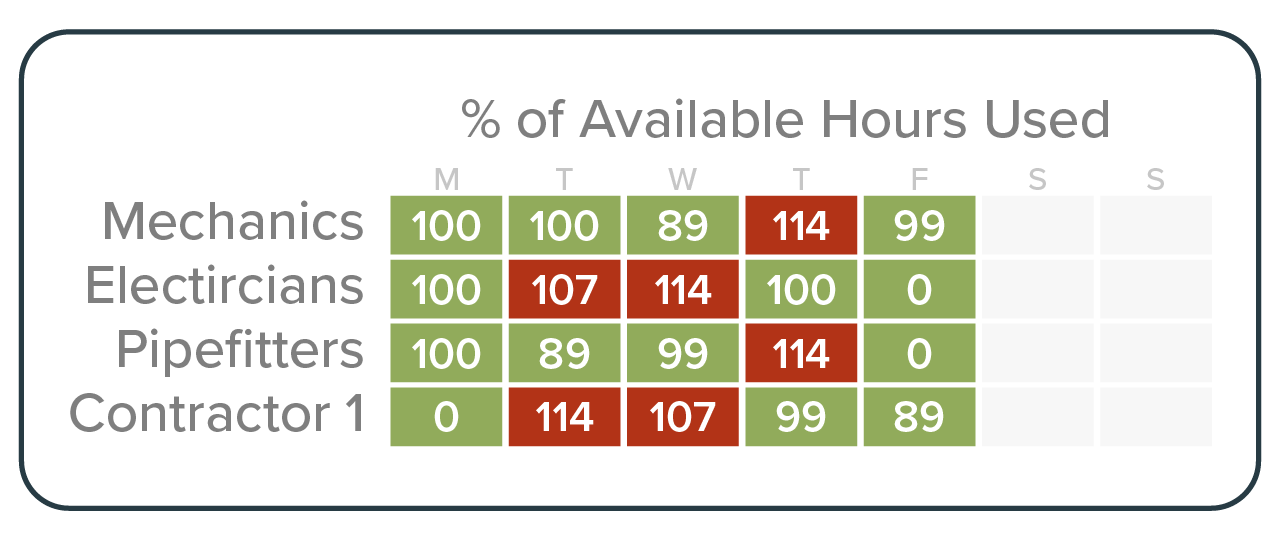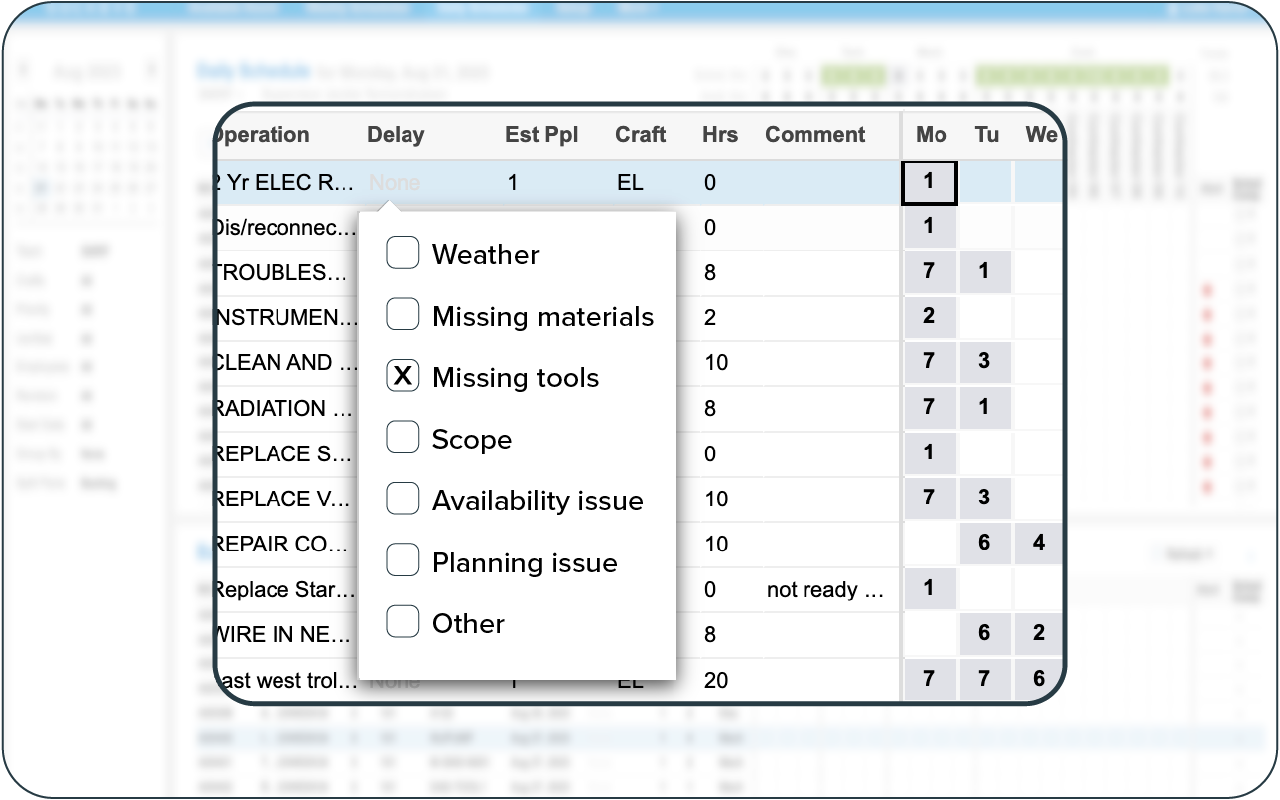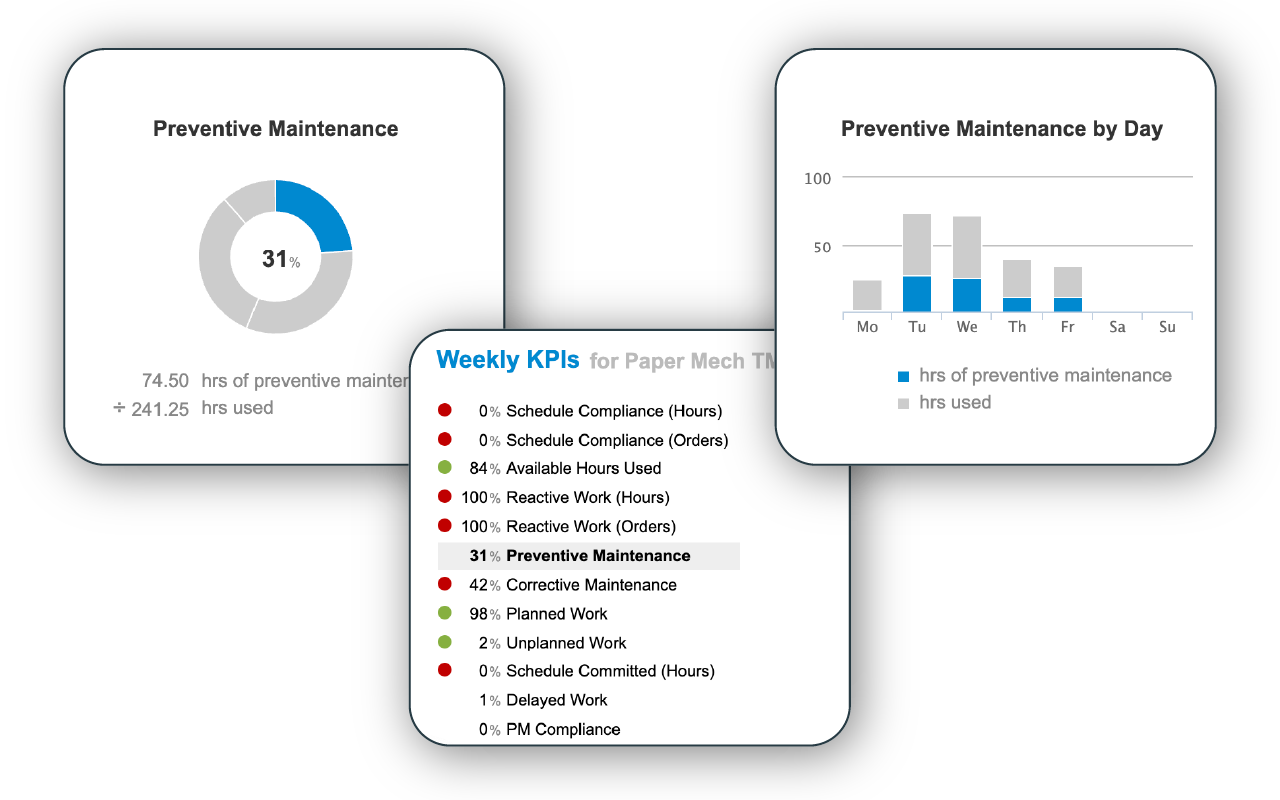BREWERY MAINTENANCE SCHEDULING SOFTWARE
Simplify Scheduling and Boost Equipment Uptime in Your Brewery
Stay on top of preventive maintenance without disrupting brewing cycles. Use Sockeye’s automation and labor availability data to build weekly maintenance schedules in minutes, coordinate crews around production windows, and stay compliant.
Trusted by breweries that take reliability seriously
We built a maintenance scheduling tool so intuitive and effective, it takes just one hour to learn — and 98% of breweries who try it keep using it to stay ahead of equipment issues.
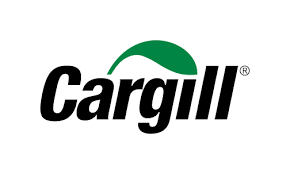


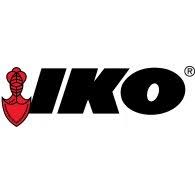
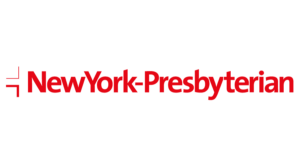

Here’s how Sockeye works
KEY FEATURES
Automatic scheduling
Schedule visualization
Work order status tracking
Delay reasons tracking
SMRP and custom KPI reports
Full CMMS/HR system integration
Perfect for
Breweries that have a CMMS or EAM
Sockeye works best as a CMMS add-on. If your team struggles to schedule work through existing software, use Sockeye’s intuitive interface instead.
Teams that need to do more with less
Complicated scheduling kills productivity. Our automation and availability data help you schedule more work by balancing workload between crews.
Simpler & more efficient scheduling
Sockeye is a purpose-built scheduler that’s fast to set up, easy to use, and incredibly effective at keeping your brewery maintenance on track.
Test Sockeye for 30 days.
No IT involvement required.
Confirm user adoption and get a proof of concept before spending a single cent.
TAKE THE FREE TRIALPM SCHEDULING
Keep up with routine work
Build realistic weekly and daily schedules in minutes so you never miss a tank cleaning, line inspection, lubrication, or other crucial preventive work.
Share live schedules to keep your frontline teams aligned and accountable. Easily reschedule work by dragging and dropping tasks to the next available slot.
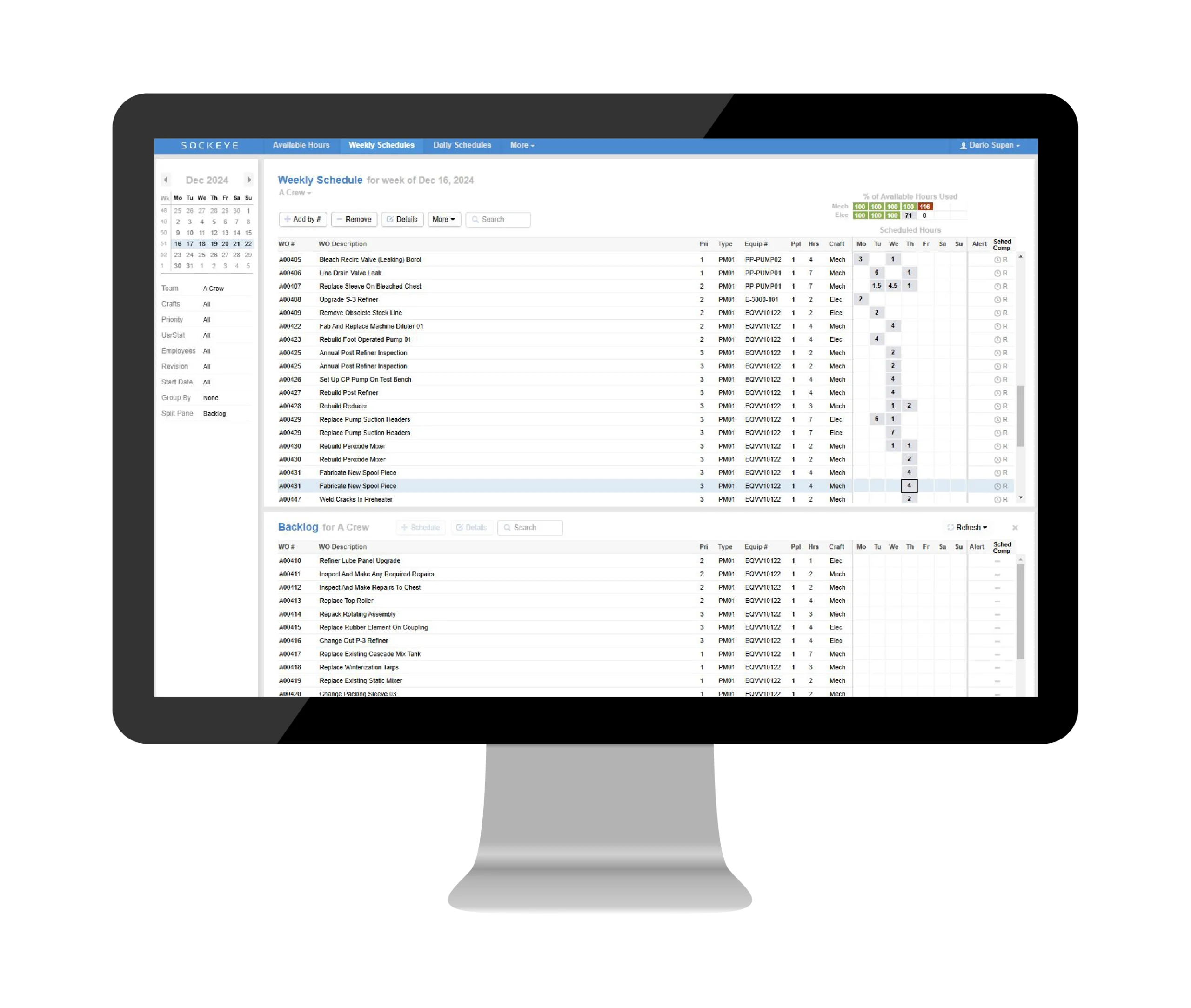
LABOR AVAILABILITY
Do more with the crew you have
Real-time crew and contractor availability helps you spread the workload evenly, avoid burnout, and keep maintenance work on track — without piling on overtime.
“Sockeye identifies where deficiencies are in your man hours. For instance, if Crew A is 40 hours over schedule, but Crew B is only 35% scheduled, you can move your resources to level it out to avoid overtime pay. That saves you money.”
Todd Hicks, Planning and Shutdown Superintendent at the AV Group
EQUIPMENT RELIABILITY
Improve uptime & protect your batches
Sockeye gives your team the tools to schedule and execute preventive work that keeps your brewhouse, fermenters, chillers, and packaging lines running smoothly.
Easily track why work gets delayed, free up planners so they can scope jobs correctly, and make reliability a routine — not an afterthought.
KPI REPORTING
Track and report relevant KPIs
Automatically generate SMRP and custom KPI reports to track schedule compliance, labor utilization, reactive vs preventive ratios, and backlog trends — then freely feed that data into your BI tool.
Sockeye connects specific work orders directly to reliability metrics, so you can clearly see the impact of your scheduling decisions.
REGULATORY COMPLIANCE
Stay audit-ready with a documented schedule
From FDA regulations to pasteurization and sanitation standards, brewery compliance depends on timely, well-documented maintenance. Sockeye creates a digital audit trail, so you’re always ready for inspections.
Always know what’s been done, what’s in progress, and what’s due next — all in one place.
Schedule more work.
Get more work done.
Let us help you create a highly productive maintenance team.
Book a DemoBrewery maintenance best practices
Keeping brewing equipment clean, reliable, and compliant isn’t easy — especially when production rarely slows down.
Whether you’re managing a small craft brewery or a large-scale production facility, staying ahead of maintenance challenges requires intentional planning, clear communication, and the right tools. These best practices will help your team reduce downtime, stay compliant, and keep quality high — even during your busiest production runs.
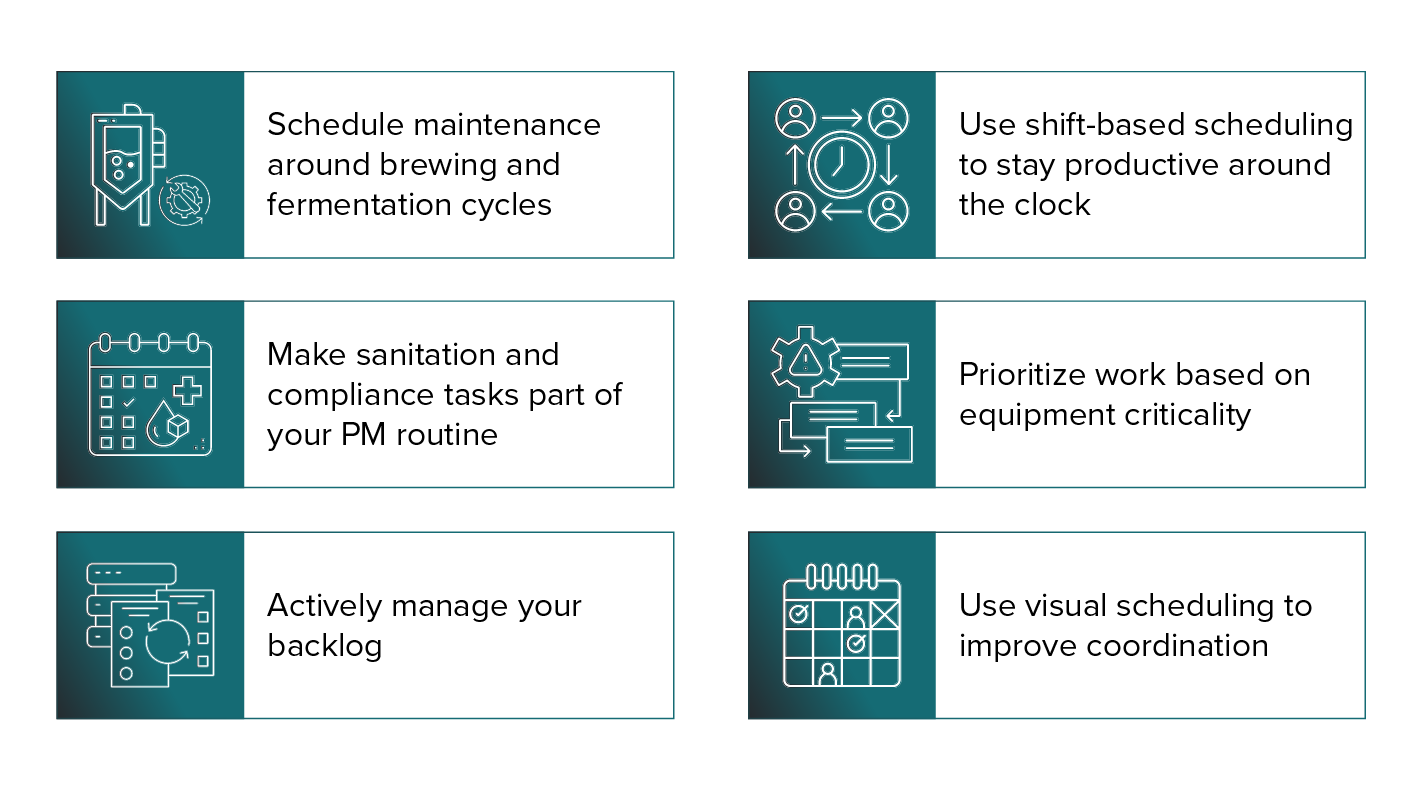
1) Schedule maintenance around brewing and fermentation cycles
Fermentation tanks and brewhouse systems are often in use for long, uninterrupted stretches, making maintenance access unpredictable. Without coordination, maintenance work either gets delayed or interrupts production — neither is sustainable.
A few things to keep in mind to simplify brewery maintenance scheduling:
- Review the brewing and fermentation schedule weekly with production leads.
- Identify predictable low-activity windows (e.g., post-transfer, pre-fill downtime) and block time for maintenance in advance.
- Set up a calendar view that clearly shows tank availability windows to make maintenance planning more manageable and predictable..
Proactively aligning your maintenance plan with brewing cycles helps prevent delays, avoid production conflicts, and ensure that essential PMs get done on time.
2) Use shift-based scheduling to stay productive around the clock
Most breweries operate in multiple shifts, especially in packaging and kegging. Without a shift-based plan, tasks can pile up unevenly or be missed entirely when crews rotate.
Here’s what you can do:
- Build shift templates based on your actual labor schedule (e.g., 3x8s, 2x12s).
- Assign PMs during lower-traffic times within each shift (e.g., mid-morning, early afternoon).
- Use Sockeye’s crew availability features to balance assignments across shifts and avoid overloading one team.
- Reevaluate shift loads weekly to adjust for changes in staff availability.
Shift-structured scheduling ensures consistent maintenance coverage, reduces burnout, and prevents critical work from falling through the cracks during shift changes.
3) Make sanitation and compliance tasks part of your PM routine
Sanitation, safety, and compliance aren’t optional — and they can’t be managed informally. Tasks like filter sanitization, CIP validation, and temperature calibration need to be planned and tracked just like mechanical PMs.
You should:
- Create PM templates for compliance-related work: CIP checks, CO2 venting, filter flushes, thermometer calibrations, etc.
- Use Sockeye to assign these to specific roles (e.g., cellar crew, packaging techs).
- Keep digital records of every sanitation-related work order for compliance and traceability. You can even schedule pre-inspection audits to confirm that all regulatory PMs are up to date.
By formalizing sanitation and compliance into your maintenance plan, you ensure consistent execution and audit readiness — while also protecting product quality.
4) Prioritize work based on equipment criticality
Not every asset deserves equal attention. If your chiller fails, it’s a crisis. If a hose clamp breaks, it can probably wait.
Get back to the basics:
- Categorize assets into 3 to 5 priority levels. For example: Critical, High, Medium, and Low.
- Schedule work orders and PMs based on equipment criticality and production impact.
- Track and regularly review work order delay reasons to identify gaps in planning, staffing, or other root causes that are leading you off track.
Smart prioritization helps you focus limited resources where they’ll have the biggest impact.
5) Actively manage your backlog
Every brewery has a backlog — it’s a natural part of operations. However, it should be organized, visible, and actionable. This is a prerequisite to making sure it doesn’t get out of hand.
What to do:
- Review your backlog every week: sort by asset type, criticality, and work type.
- When cleaning out the backlog, break larger tasks into smaller, schedulable steps with clear due dates.
- To effectively reduce backlog, you will want to sprinkle in some of the work between regular PMs. For example, each week, each crew has 10% of its availability reserved for backlog tasks.
- Track preventive vs reactive ratios monthly — aim to keep reactive work under 30% of total hours.
An organized deferred maintenance strategy helps you stay in control and ensure your team is always moving the needle — even when time is tight.
6) Use visual scheduling to improve coordination
Miscommunication about what work is happening (and when) can lead to missed PMs, duplicated tasks, or unplanned downtime. A visual, shared schedule helps ensure everyone — maintenance, production, and sanitation — stays aligned.
Actions to consider:
- Create a digital schedule that is easy to share (read: visible to all departments) and is always up-to-date.
- Color-code tasks by type (e.g., mechanical, sanitation, inspections) to reduce confusion.
- Include shift notes and updates directly in the schedule view to improve handoffs between crews.
- Encourage techs to check the live schedule at the start of each shift so they know what’s expected.
Visual scheduling keeps everyone on the same page, reduces confusion during shift changes, and creates a shared source of truth for work execution. It builds accountability and streamlines communication across teams.
CMMS/EAM SCHEDULING BOLT-on
Simplify brewery maintenance planning and scheduling
Tired of juggling your CMMS, spreadsheets, and shift notes — and still missing key PMs? Sockeye is built to handle the pace, timing, and crew coordination demands of modern brewery operations.
BOOK A DEMOStep 1
Get a Customized Demo
We start with a call from one of our product specialists to understand your specific needs. We then run a customized demo with your entire team so you can see how Sockeye makes scheduling easy.
Step 2
Start Your Risk-Free Trial
Test drive Sockeye using a file-based integration (Excel). This requires no investment or IT resources and just a few hours from the scheduler. Verify that Sockeye is right for you before you go all in.
Step 3
Get the Most out of Your Team
No more disjointed scheduling, missing data, & flying blind. Consistently build daily/weekly schedules, check the latest status, and maximize preventive maintenance by maximizing productivity.
Frequently Asked Questions
Sockeye uses two primary types of integration:
1. API-Based Integration
Sockeye uses API-based integration to adapt to every enterprise’s unique needs, providing customized read/write configurations with your maintenance and/or HR systems. This means that any last-minute changes made in your CMMS are reflected in Sockeye — and vice versa.
2. File-Based Integration
Sockeye uses an Excel template to port data between the CMMS and Sockeye — simply export your CMMS data into Sockeye’s Excel template and click ‘refresh’ to update your data. The implementation requires minimal effort and no IT resources or custom coding.
Learn more about integration types
A full production rollout with API integration takes 4 to 6 weeks, while a file-based integration can be done in under 2 weeks.
Sockeye’s experts handle most of the integration work; your IT team just needs to provide access (API endpoints or database views) and some oversight. Because Sockeye is cloud-based, there is no server to install or software to maintain on-premises — it’s all handled by our cloud infrastructure.
Yes, Sockeye offers a one-month trial using our file-based integration. You’ll get access to all of Sockeye’s features and support throughout the trial. To get started, share an Excel file of your schedule and join a 1-hour training session.
Sockeye supports read/write CMMS integration. The exact data exchanged typically includes work order details, scheduling fields, and resource info.
Configurations can be customized as read-only or selective write-back to accommodate your IT/security policies.
Work orders are updated according to your requirements. Typically, work orders are automatically updated when the scheduled work order end date has been reached. Work order updates made in your CMMS and Sockeye are automatically synchronized in both systems.
Sockeye allows you to input your technician and contractor shift patterns to track labor availability. You can easily edit labor availability for vacations, training, etc, with a couple of clicks.
Yes, Sockeye integration is customized according to your unique scheduling and IT requirements. Read/write integration, read only, write only specific fields, etc. — Sockeye is designed to meet your enterprise’s unique integration requirements.
We take data security very seriously. Sockeye is hosted on Microsoft Azure, which has industry-standard certifications (like ISO and SOC 2). Data is always encrypted, and backups are stored in a separate geographic region.
On the access side, we support role-based user permissions, SSO (Single Sign-on), and 2FA (two-factor authentication).
From Fortune 100 enterprises to single-site enterprises, Sockeye is ready, vetted, and prepared for your IT security review.
Learn more about Sockeye’s security
Schedule more work.
Get more work done.
Let us help you create a highly productive maintenance team.
BOOK A DEMO